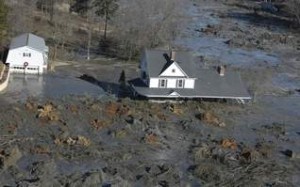“The Republican Road to Recovery” according to John Boehner, Eric Cantor, Mike Pence, Thaddeus McCotter, Cathy McMorris Rodgers, John R. Carter, Pete Sessions, Kevin McCarthy, David Dreier, Roy Blunt, who signed it, “Keeps Energy and Fuel Costs Low.” It mentions wind and solar, but focuses on coal, oil, oil shale, offshore drilling, and nuclear power.
The document says “Republicans want energy independence with increased development of all natural resources, including renewable energy sources, such as wind and solar.” It doesn’t mention “global warming.” It mentions the term “greenhouse gases” once, stating, incorrectly, that nuclear power doesn’t produce greenhouse gases. Mining, processing, and transporting nuclear fuel, and managing radioactive wastes, produces tremendous amounts of greenhouse gases.
It points out that “Senators Ted Kennedy and John Kerry … have long fought a renewable wind project in waters off of Massachusetts…. Cape Wind, would provide 75 percent of the electricity demand for Cape Cod, Martha’s Vineyard, and Nantucket island. “
The document focuses on coal, oil, and nuclear power. These are not clean, renewable, sustainable energy sources. Ultimately, therefore, it attempts to “greenwash” coal, oil, and nuclear power.
the Administration has already taken steps to hinder the leasing of the Outer Continental Shelf (OCS) which is estimated to hold at least 19 billion barrels of oil, and Democrats have long championed the prohibition on drilling in the Arctic Coastal Plain – which is estimated to hold 10.4 billion barrels of oil. Furthormore, Democrats continue to block the procurement of advanced alternative fuels from sources such as oil shale, tar sands, and coal-to-liquid technology. U.S. Oil shale alone could provide about 2.5 million barrels of oil per day.
Republicans also support opening the Arctic Coastal Plain to energy exploration and development.
And despite expert agreement that nuclear power is reliable, clean, and affordable without producing air pollution or greenhouse gases, Democrats continue to block its development.
Republicans realize that there are better solutions to restore freedom and security in our energy market. Republicans recognize the importance of exploring for American oil and gas in an envionronmentally-sound manner and support immediately leasing oil and gas resources in the OCS through an an expedited and streamlined procedure.
Republicans support removing government barriers to new nuclear reactors as long as they meet strict security and safety criteria.
Americans realize that the future of energy is in alternative and renewable sources. In order to promote the development of renewable and alternative energy, Republicans support promoting the leasing of federal lands which contain alternative energy such as oil shale. … spurring a market by using fuels derived from oil shale, tar sands, and coal.
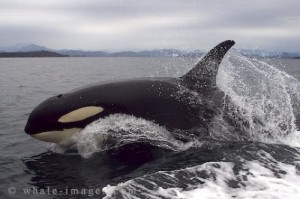
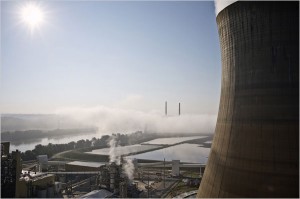
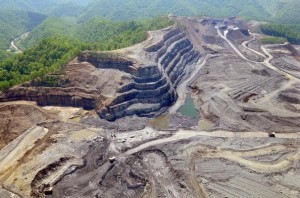
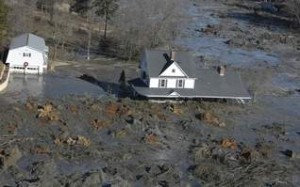

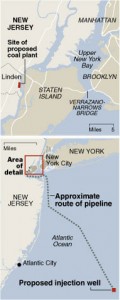 According to Kate Galbraith, reporting in the
According to Kate Galbraith, reporting in the 